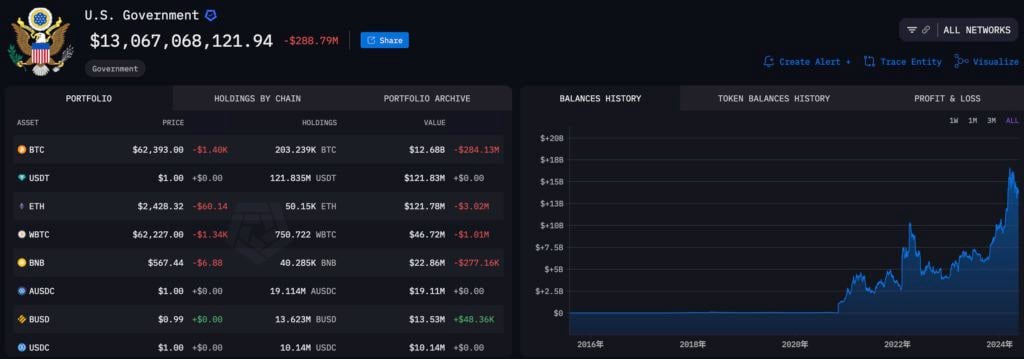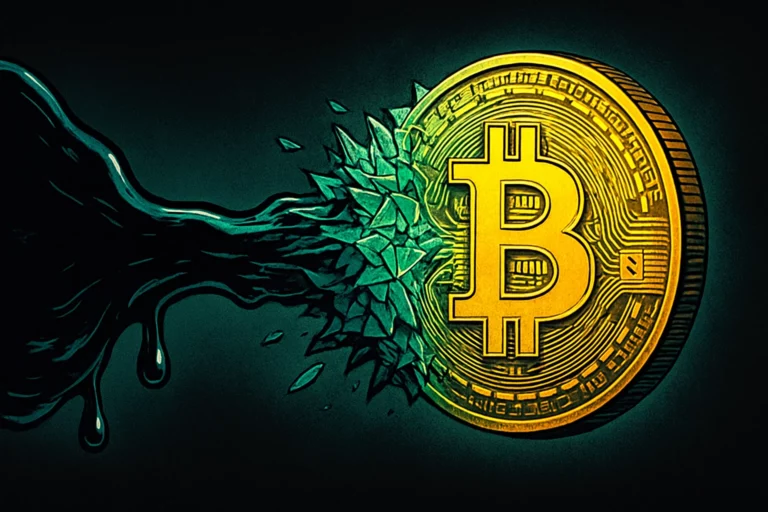Bitcoin’s weak performance in October may be setting the stage for a strong rebound at the end of the year. Analysts point out that the seasonal trend historically known as the “Christmas rally” is expected to repeat itself in December this year. Coupled with expectations of a Federal Reserve (Fed) rate cut and potential fiscal stimulus measures, these factors are igniting hope for this year-end rally.
![图片[1]-Is Bitcoin’s weakness in October a sign of consolidation? Traders are betting on a “Christmas rally” to take off.-OzABC](https://www.ozabc.com/wp-content/uploads/santarally-1140x570-1-800x400.webp)
Bitcoin’s weak performance in October may be setting the stage for a strong rebound at the end of the year. Analysts point out that the seasonal trend historically known as the “Christmas rally” is expected to repeat itself in December this year. Coupled with expectations of a Federal Reserve (Fed) rate cut and potential fiscal stimulus measures, these factors are igniting hope for this year-end rally.
According to Coinglass data, Bitcoin has risen in December six times in the past eight years, with gains ranging from 8% to 46%, indicating that December has consistently been a “seasonal peak” for Bitcoin. Nick Ruck, head of LVRG Research, commented on this:
We have observed a shift in market sentiment from “panic selling” to “strategic accumulating by long-term holders.” This recovery trajectory, coupled with expectations of a Fed rate cut and active participation from institutional investors, laid the foundation for a strong market rebound during the Christmas period.
The so-called “Santa Rally” refers to the surge in Bitcoin prices that typically occurs in December each year. As investors position themselves for the year-end optimism, coupled with lower trading volumes and amplified price volatility during the holiday season, Bitcoin often rises during this period. Historical data shows that Bitcoin has closed at a relatively high point in December in most years, and has even seen strong double-digit gains in some cases.
This seasonal trend often reflects factors such as investor psychology, tax planning, and annual asset adjustments. In the cryptocurrency market, it often symbolizes a shift from “profit-taking” to “re-accumulation,” setting the tone for risk appetite and market liquidity in the coming year.
Analysts point out that another potential catalyst comes from US President Donald Trump’s proposed $2,000 “tariff bonus” and a 50-year mortgage program.
Augustine Fan, Head of Insights at SignalPlus, said: “The tariff bonus is reminiscent of the COVID-19 stimulus checks, a direct and effective money-printing stimulus, while ultra-long-term mortgages will improve housing affordability and add additional capital leverage to the system.”
He added that both measures should be seen as a new form of “liquidity easing,” which is generally beneficial to risk assets.
In conclusion, if historical seasonal trends repeat themselves, coupled with a new wave of liquidity that may be brought about by Trump’s “tariff dividend,” the cryptocurrency market may once again embark on the familiar path of December, shifting from “caution and skepticism” to “year-end frenzy.”

















